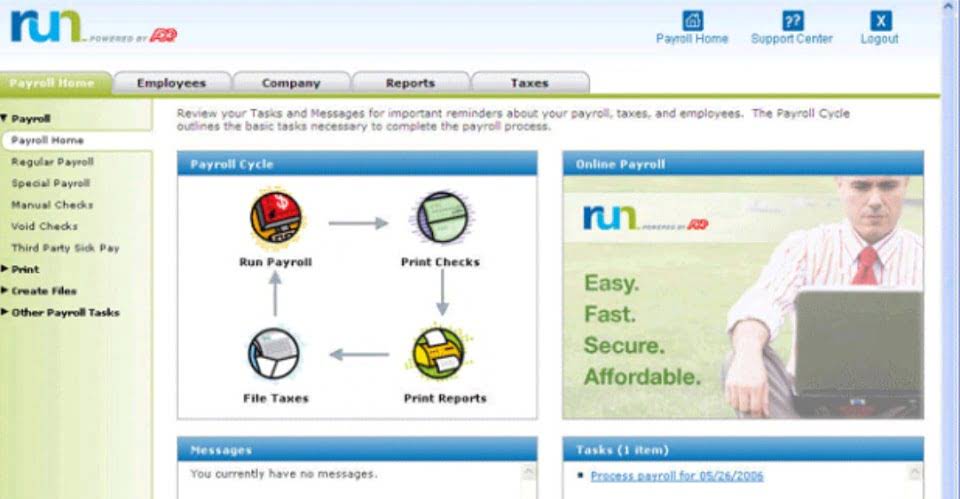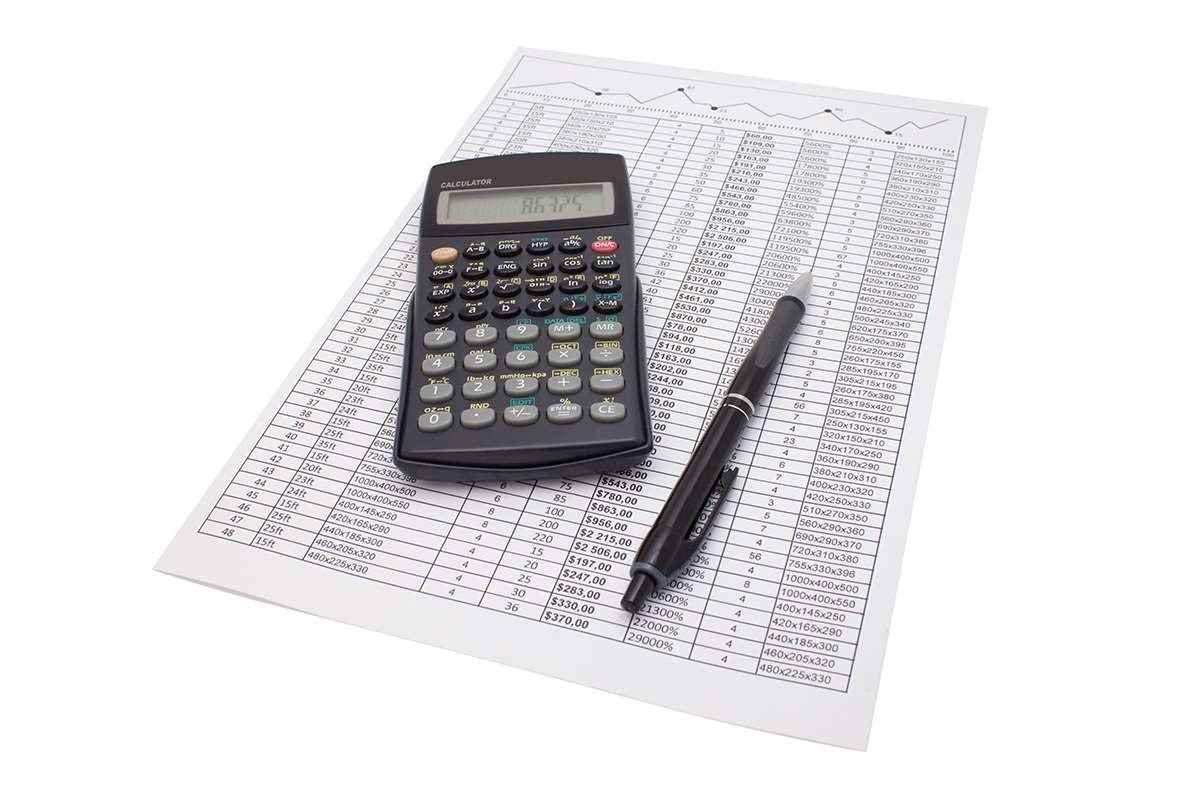Prime and Conversion Costs Managerial Accounting

Compensation paid to machinists, painters, or welders is common in calculating prime costs. Some costs, Medical Billing Process notably labor, are included in each, so adding them together would overstate manufacturing cost. By analyzing the conversion cost ratio and its components, businesses can gain valuable insights into their cost structure, identify cost-saving opportunities, and optimize their manufacturing processes. This indicates that 25% of the total manufacturing cost is attributed to conversion costs. Analyzing conversion cost variance involves investigating the reasons behind the variance and identifying the specific cost components that contributed to it.

LinkedIn Marketing Agency
Automation can reduce the need for direct labor, significantly reducing labor costs. By replacing manual labor with automated processes, manufacturers can produce products more efficiently, reduce cycle times, and increase production output without increasing labor costs. Improving workforce productivity can help manufacturers reduce conversion costs by increasing production efficiency and reducing labor costs. Manufacturers can improve workforce productivity by providing training and development programs, setting clear expectations and goals, and implementing performance management systems. Lean manufacturing is a systematic approach to identifying and eliminating waste in the manufacturing process. By implementing lean manufacturing principles, manufacturers can streamline production processes, reduce cycle times, and eliminate non-value-added activities.
Programmatic Video Advertising: A Comprehensive Guide
- However, the road to success can be daunting, especially when it comes to marketing.
- Moreover, understanding conversion costs will help to set targets for revenue, expenses, and profits for the manufacturing business.
- The conversion cost ratio measures the proportion of conversion costs to the total manufacturing cost, providing valuable insights into the efficiency and cost-effectiveness of the production process.
- Programmatic advertising has revolutionized the way businesses reach their target audience.
Conversely, higher conversion costs may indicate inefficiencies or higher quality craftsmanship, which could justify a premium price point. A company manages and reduces conversion costs by increasing production efficiency and reducing labour costs in the production process. Also, they follow specific strategies like investing in technology, reducing material waste, and others to help them reduce conversion costs and improve efficiency. For better results, you can trust TranZact, which conversion costs effectively handles manufacturing business, easily converts raw materials into finished goods, and saves your time. Also, various services like production processes, production reports, and others are done smartly with cost-effectiveness.

PPC for Small Business
For example, let’s consider a company that manufactures electronic components. The conversion cost for a particular component is calculated to be $5 per unit, which includes $3 for direct labor and $2 for manufacturing overhead. However, the company must also consider the potential for increased lead times, the risk of supply chain disruptions, income statement and the loss of control over the manufacturing process.
- Utilizing the formula provided, companies can calculate conversion costs accurately, allowing for better cost control and resource allocation.
- Add the direct labor and manufacturing overhead costs to get the total conversion cost for the period.
- As can be seen from the list, the bulk of all conversion costs are likely to be in the manufacturing overhead classification.
- These factors include fluctuations in labor rates, changes in production volume, variations in overhead expenses, and inefficiencies in the production process.
- Automated processes can improve workplace safety by reducing the risk of accidents and injuries.
- Conversion costs are the labor and overhead expenses that “convert” raw materials into a completed unit.
- For better results, you can trust TranZact, which effectively handles manufacturing business, easily converts raw materials into finished goods, and saves your time.

In terms of direct labor, prime costs overlap with conversion costs but emphasize labor’s role in transforming raw materials into finished goods. Comparing conversion costs with prime costs provides a dual perspective on cost structures, aiding strategic planning and resource allocation. Direct labor and overhead are not just numbers on a spreadsheet; they represent the human and capital resources that drive production.




